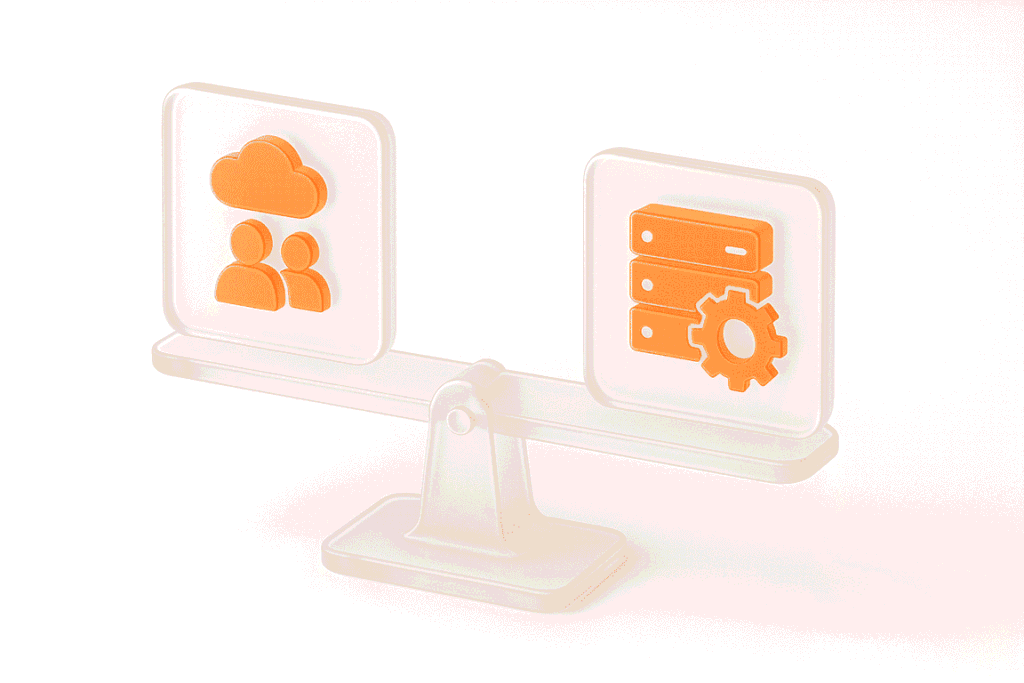User Acceptance Testing is a formal test that addresses the needs, demands, and business processes of the user. It is conducted in order to identify the system’s conformance to the acceptance criteria, and to provide the customer or other authorized party with an opportunity to accept or decline the system.
Related insights in in blog articles
Explore what we’ve learned from these experiences
More Blog ArticlesApplication Load Testing: What It Is and Why It’s Critical for Modern Software

Modern software handles far more than page views. APIs, microservices, background jobs, and integrations all compete for resources at the same time. Under real traffic, even small delays can turn into system-wide slowdowns. This is why application load testing is so important. It reveals how an application behaves when many users or systems interact with […]
11 min readOutsourcing Performance Testing for Utilities: Why Reliability Shouldn’t Stay In-House

Today’s life is inconceivable without mod cons like electricity, gas, heating, and water supply. However, for these utilities to remain readily accessible, they must operate under stringent conditions and meet the most exacting customer expectations, including 24/7-uptime, high-level safety, accurate data processing, and full regulatory compliance. While progressive technologies — such as smart meters, billing […]
10 min readWhy Cart Abandonment Is Often a Performance Problem — Not a UX Issue

Your online store is all set up for the next massive event: a clear and smooth UX, easily navigable products, and a well-thought-out shopping journey. An influx of customers pours in, carts fill up, and — nothing. Full carts are left behind, bounce rates soar, and all customers, even the most loyal ones, become alienated […]
10 min readOutsourcing Application Load Testing vs. Doing It In-House

Your core applications carry the real weight of your business. They run the order flows, power partner integrations, handle accounts, and keep internal workflows moving. When these systems slow down under pressure, everything that depends on them starts to shake. So, when a big release, a migration, or a scaling project comes up, every team […]
15 min read



